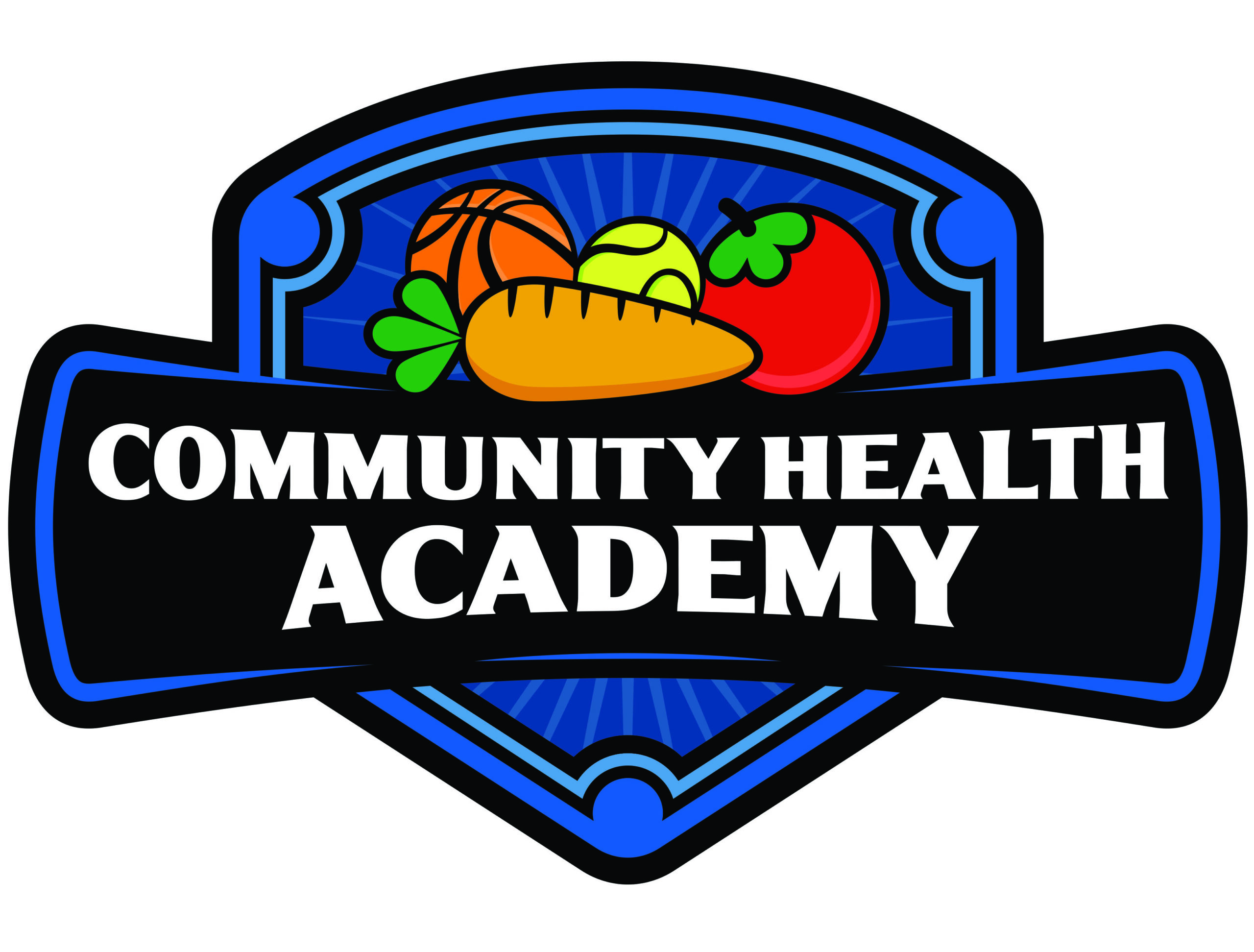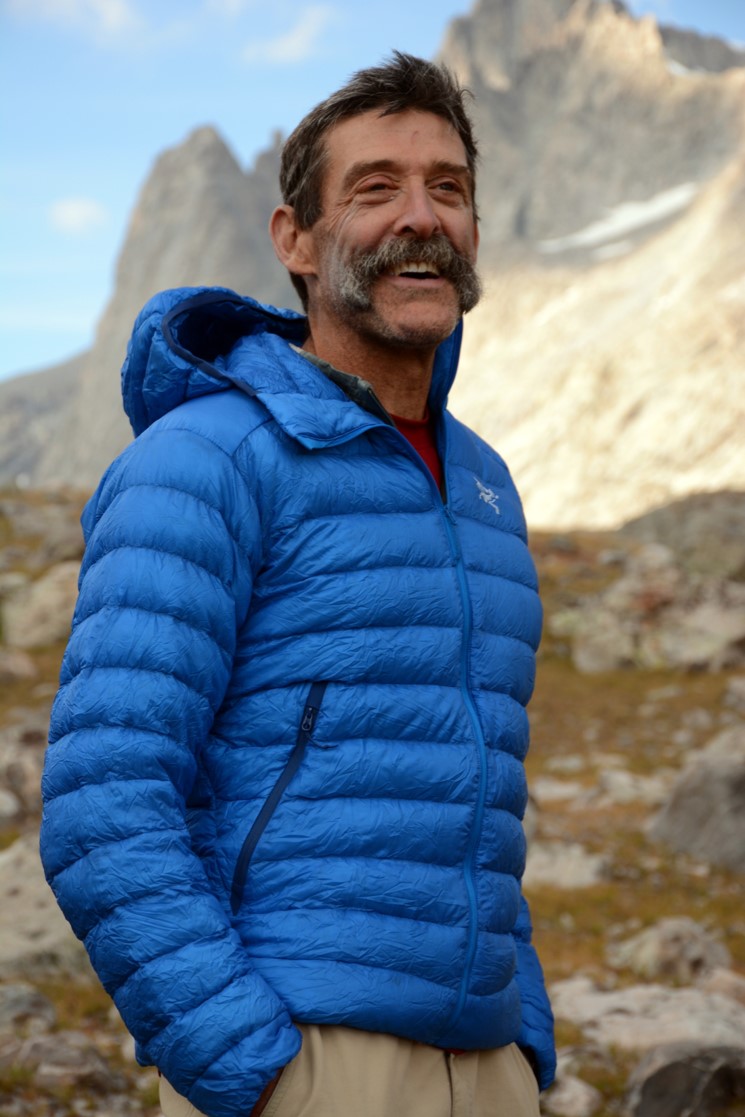Nine Idaho cities are participating in the 2022 Community Health Academy, an annual program of the Blue Cross of Idaho Foundation for Health that provides expertise and funding to help build healthier communities.

Mayors and city staff collaborate with each other and learn from local and national experts in this learning collaborative. We’re highlighting the individuals who are presenting to the mayors and community leaders during the academy.
Today’s spotlight is on Mark Fenton, whose passion for creating healthy communities is inspiring. Mark has worked with the Blue Cross of Idaho Foundation for Health for more than five years.
Q: Tell us about yourself, Mark.
A: I’m an independent consultant who works at the nexus of transportation, land use, and public health, which doesn’t even sound like a real job. But it turns out there’s a lot of interest around the country in creating “healthier” places to live, and I’m in a good place to help communities do that.
I’m an engineer by training (BS and MS degrees from MIT) who went on to study biomechanics and exercise science at the US Olympic Training Center, and at Reebok’s Human Performance Laboratory. Through that work it became clear that daily physical activity – not just structured exercise, but simple things such as walking a child to school every day or riding your bike for errands – is critical to long term health and well-being.
It’s also clear that just telling people to exercise 30 minutes a day is not enough. We can actually build communities where people are more likely to get out and move, by design!
Q: What do you do?
A: I spend a lot of time working with communities funded by the Centers for Disease Control and Prevention; state and local health, planning, and transportation departments; and healthcare organizations and foundations such as the Blue Cross of Idaho Foundation for Health. That work focuses on several things:
• Making the “triple bottom line” case for healthy community design and the creation of places where it’s safe, easy, and inviting for people to walk, bike, and take transit more often. The triple bottom line refers to the economic, environmental, and public health benefits that accrue to communities that do this work.
• Facilitating the creation of interdisciplinary working groups in communities to focus on land use and transportation infrastructure that builds safer places for people to walk, bike, and actively enjoy their community. These generally include representatives from planning, engineering/infrastructure, housing, public health and safety, senior services, schools, elected and appointed boards, and others.
• Helping communities determine specific projects that will help support robust local economies, create more sustainable infrastructure, and help the residents be more physically active in their daily lives. These are often low-cost demonstration projects that allow people to try things out before making large investments: simple crosswalk improvements; easy traffic calming and safety measures such as paint, signage, and temporary curb extensions; short but critical trail and pathway links; lane realignments that can be done during routine paving and painting projects that are already underway.
Q: Why are you in this line of work?
A: This video tells that story in less than two minutes. A concise summary of why building a world for free-range children and adults is my driving passion.
Q: Why is addressing social determinants of health important?
The simple fact is that simply telling people to eat well and exercise is just not that effective. It’s much more valuable to make nutritious and appealing food accessible and affordable, so that everyone – not just those wealthy enough to do so – can easily make healthier choices.
Similarly exercise isn’t just for those with the time and money and wherewithal to have a health club membership. Our communities should be designed so that everyone can get out for a safe walk or bike ride, whether it’s recreation with the family on the weekend, or simply how you get to school, work, the store, or your friend’s or mom’s house to check in with her.
This is called “active transportation” and in the times of $5/gallon gas, it is important that people have the option not to start the car for every trip they take – people need active transportation opportunities for a healthier waistline and wallet!
Q: What are the benefits of learning collaboratives such as the Community Health Academy compared to traditional grant funding?
A: My experience is that local community vision and leadership is essential to success in attaining the triple bottom line. Simply funding a specific project (say, building a trail and improved crosswalk so kids can safely walk to school) does not lead to the cultural shift that is really needed if a community is going to reap the economic, environmental, and health benefits of more walking and bicycling.
The Community Health Academy is focused on helping community leaders see the bigger picture and understand the policy and systems-level changes that are needed to build community health. Rather than just having one successful project, a community can look at all of its decisions, from new development permits to routine roadway paving, through the lens of community health and the triple bottom line.
Q: What’s your favorite baseball team and why?
My heart is with the Baltimore Orioles – I grew up near Rochester N.Y., and the Orioles AAA team was then Rochester. That was a great era for the O’s: Jim Palmer, Brooks Robinson, Eddie Murray, Frank Robinson; and the true Iron Man, Cal Ripken Jr. But I live near Boston now so I have to admit rooting for the Sox in the seasons when they broke the curse, and defeated the despised Yankees.
